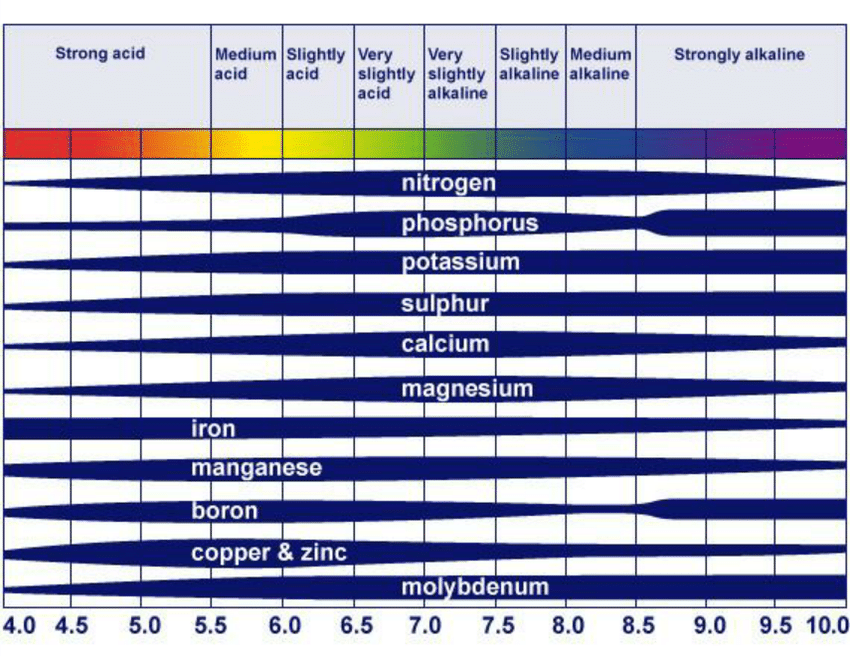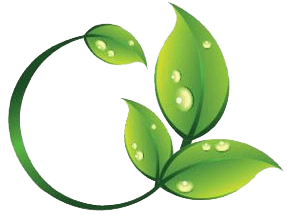Yellowing Leaves
Nutrient Deficiency can cause your leaves to yellow
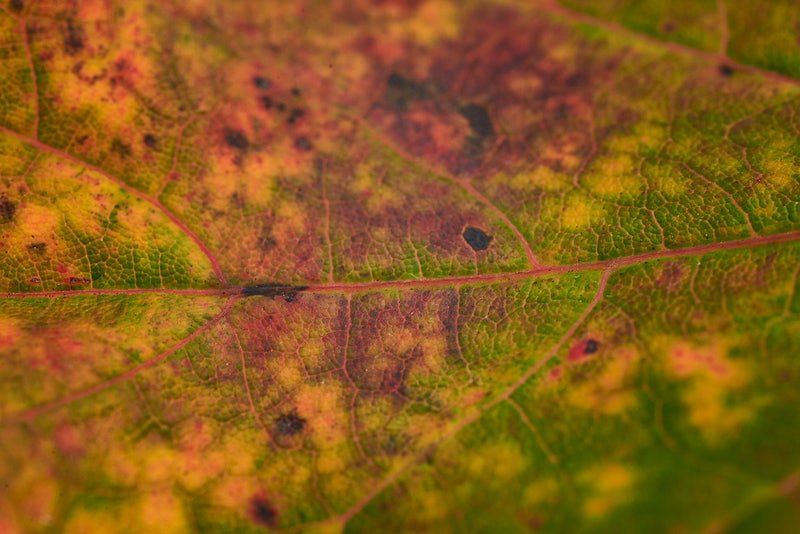
A common term used when plant leaves begin to turn yellow is chlorosis and is due to a lack of chlorophyll.
Chlorophyll is the pigment that gives plants their green colour and is crucial for photosynthesis where the plants absorb energy from the light source.
The chemical structure includes 5 oxygen atoms, 55 carbon atoms, 72 hydrogen atoms, 4 nitrogen atoms and one atom of magnesium.
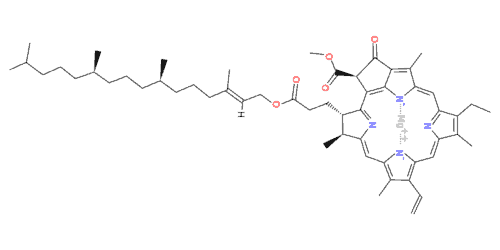
Finding the cause of yellowing leaves
There are several possible causes and by troubleshooting you can find what needs to be resolved.
Check the following....
Light Levels
Different plants need different levels of light and too little or too much can cause the leaves to turn yellow. It is easy to think that by providing more light the plants will absorb more energy. However, some plants need to be left in darkness for a certain length of time.so leaving the lights on 24/7 can actually cause a problem.
Also, make sure that the intensity of lighting is correct as if it is too intense it will raise the temperature of the grow room.
Temperature
Moving on from this, too high a temperature can cause yellowing. It can also mean that less carbon dioxide will dissolve in the water and this will lead to a higher pH.
Before checking the pH make sure to adjust the temperature of the room and a water chiller or heater can help to balance this.
Water Level
If your plants are growing fast and using the water faster than you are replacing it then the leaves may look both wilted and yellow.
For a
DWC (Deep Water Culture) system check that the level of nutrient solution is high enough for the roots to be fully immersed in the solution and able to take enough water.
Nutrient Lockout
One thing that can be baffling is when the nutrients are available but the plants aren't absorbing them. It's a bit like a group at a dinner table where the food is there but nobody is eating it!
What can be causing this scenario is incorrect pH levels.
The ideal range for most plants is slightly acidic and typically between 5.5 to 6.5. The full range is between 1 and 14 where 1 is the most acidic, 14 is alkaline and 7 is neutral (which is what pure H2O water is).
The chart below shows a plant's capability of absorbing the important nutrients across the pH range. Where the line tapers off is where it becomes more difficult to take a specific nutrient.
Monitoring the pH level will help you to keep it within the ideal range and where it is outside of this it will give an indication of what nutrients the plant is deficient of.
If the levels are below 5.0 then the plant is probably lacking in phosphorus, calcium and magnesium.
Where it is above 7.5 then is may well be deficient in iron, boron and phosphorus.
If this is the case, rebalance the pH levels and top up the deficient nutrients. To do this, use either pH Down or pH Up. Do this in small amounts whilst continually checking the pH of the system.
Nutrient Deficiency
There is another straightforward piece of science to consider which nutrients are lacking....
If the bottom leaves turn yellow this is the old growth and will be due to a deficiency in one of these.... Magnesium, Molybdenum, Nitrogen, Phosphorus, Potassium or Zinc.
Plants will use a method known as mobile nutrient to transport these to the higher leaves as these can absorb the most light. As a result the leaves at the bottom will begin to turn yellow. The more severe the deficiency the further up the plant the yellowing will become.
The most common mobile nutrient deficiency tends to be a lack of magnesium as this is also part of the chlorophyll that is needed for the photosynthesis.
Conversely, the top leaves can begin to yellow first and this would be due to a lack of Boron, Calcium, Copper, Iron or Sulphur.
These nutrients are immobile and cannot be easily transported through the plant. The most common deficiency in this situation is iron and can be caused if the pH is too high.
Which part of the leaves are yellow?
Leaves can be completely yellow, including the veins, or just certain parts of them can be. If the veins remain green and the parts between turn yellow it is known as interveinal chlorosis
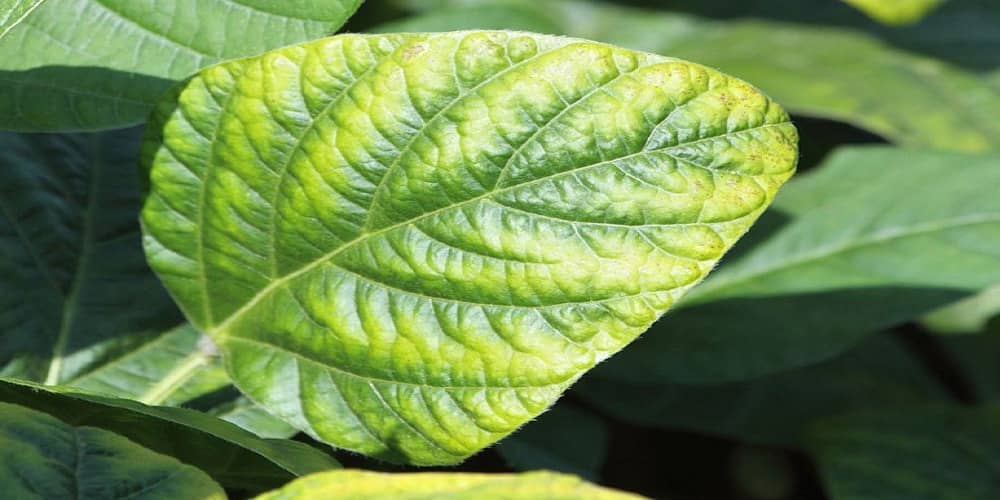
Where this is prominent in the leaves it is most likely because of a deficiency of iron, magnesium or zinc. If it is mainly in the bottom leaves then once again it is probably due to a lack of magnesium. If the top leaves develop this first then it is probably because of a lack of iron.
Nutrient Toxicity
Too much of a specific nutrient is known as nutrient toxicity and can actually be another cause of nutrient lockout. Once again, this will cause yellowing.
If there is too high a ratio of one specific nutrient then other nutrients may not be absorbed, even though there is enough of them available.
Outcome
It can be seen that there are several possible causes but checking for them on a one-by-one basis can make it fairly straightforward to narrow them down.
Good luck!

